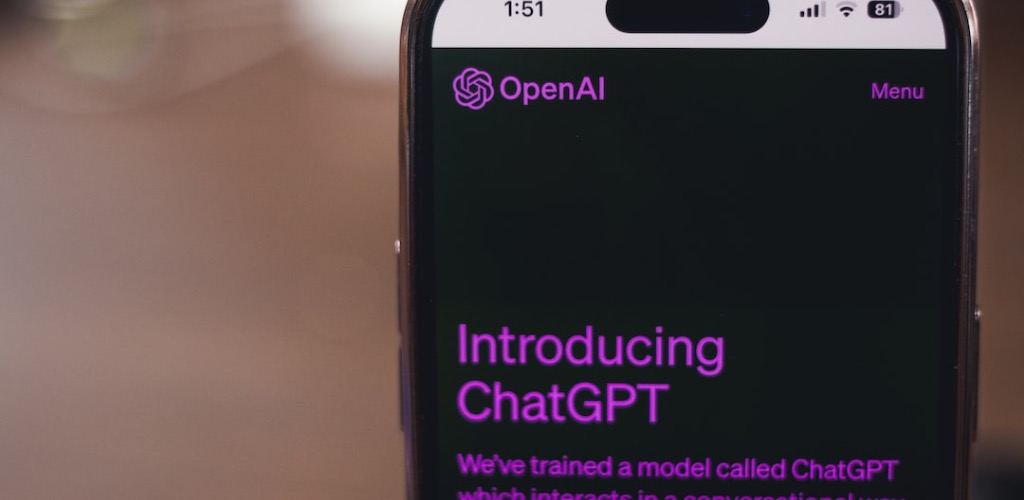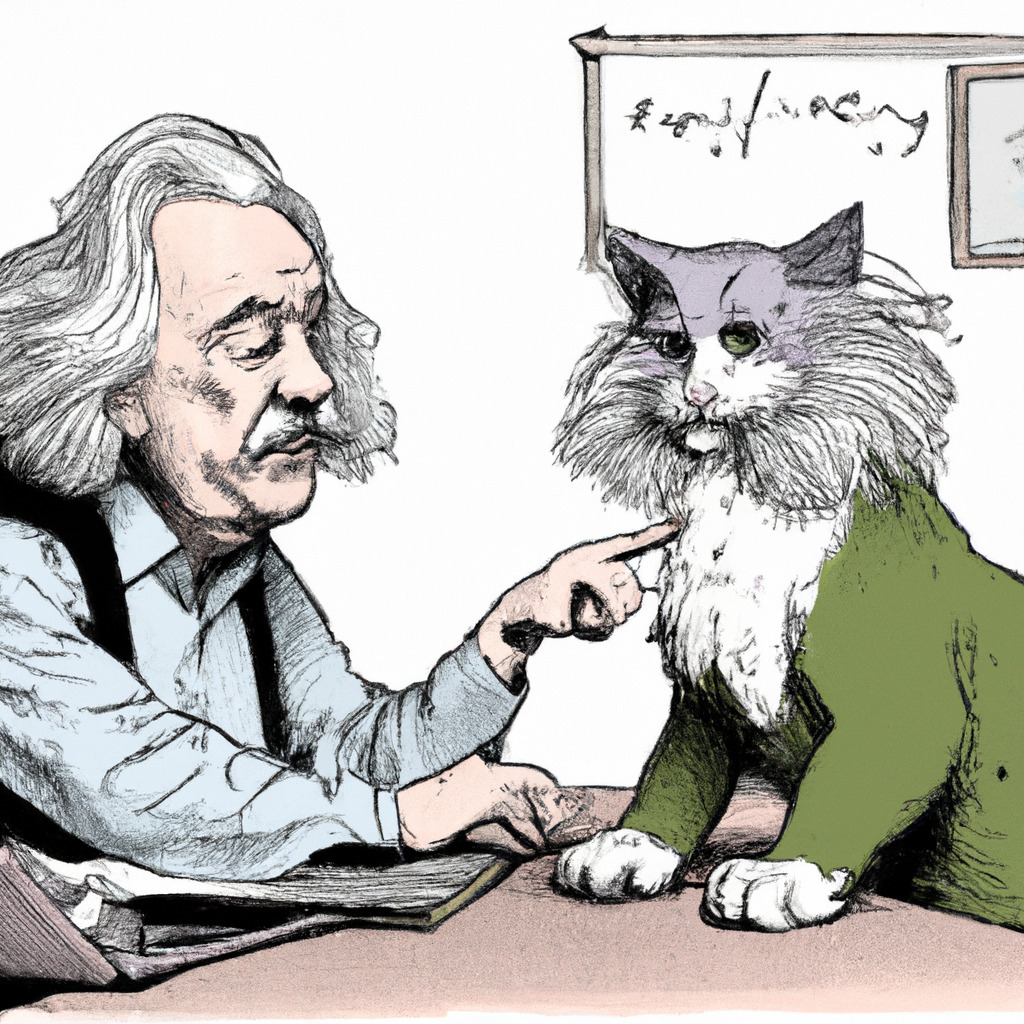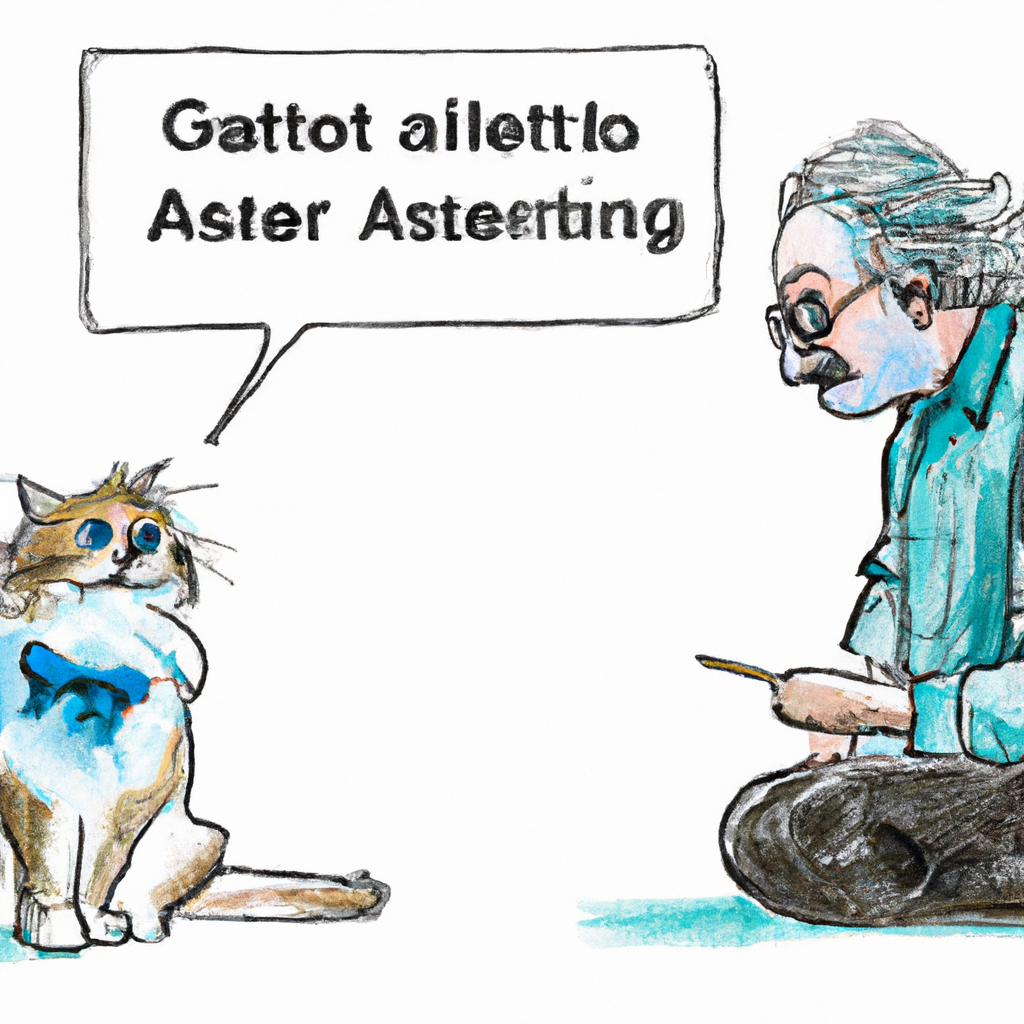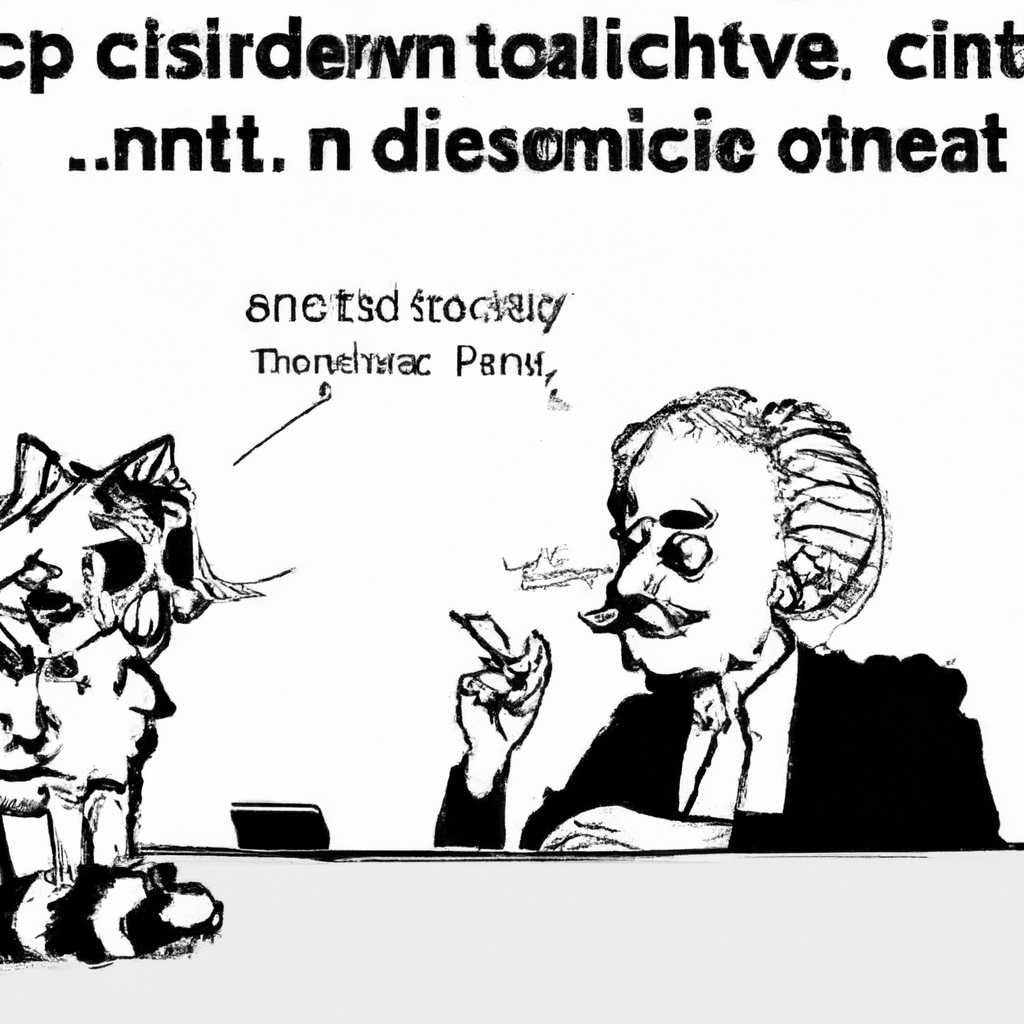
Unleashing the Power of GPT-3: A Comprehensive Guide to Maximizing Chatbot Capabilities
Artificial intelligence has made leaps and bounds in recent years. One such advancement is OpenAI’s third-generation language model, known as Generative Pretraining Transformer 3 (GPT-3). Among its numerous applications, it shines brightly when applied as a chatbot.
This article provides a comprehensive exploration into harnessing the robust features of GPT-3 for more efficient use of conversational AI or chatbots.
**Reuse Tokens**
One pertinent feature that needs understanding pertains to ‘tokens’. In essence, each token can be understood as roughly equivalent to an English word (though some could be longer or shorter). It’s essential knowledge because both input and output tokens count towards the total number of tokens processed in each API call.
For instance, if a message sent contains 10 tokens in user input and requests for 20 tokens within system output – then it uses up thirty total tokens from your limit quota. Understanding this aids conscientious usage without any wastage.
**Adjust Max Tokens**
When returning text pieces with API calls via ‘Chat’ models like gpt2 or dialoGPT – you might find certain instances where reply length may exceed expectation due to max token parameters set high by default e.g., at around sixty times initial value provided inside prompt(s).
To rectify this issue without truncating valuable information mid-sentence rely on parameters titled `max_tokens`. When setting `max_tokens` parameter explicitly during an instruction composition process – entries returned will adhere strictly within specified size limitations thus aiding optimal content management while avoiding potential loss contextually significant phrases.
“`python
api_request = {
“model”: “gpt2”,
“messages”: [
{“role”: “system”,
“content”:”Recommend sci-fi movies”},
]
}
response = openai.ChatCompletion.create(**api_request)
“`
**Experiment with the Temperature**
The degree of randomness generated by GPT-3 is governed by its temperature parameter. For responses that are more deterministic, a low temperature value such as 0.2 can be used.
On the other hand, for more creative and broad-ranging replies – you may want to let your A.I., in this case GPT-3 ‘think outside box’ slightly via setting higher values; around 0.8 -1 depending on how varied randomized output preferred.
“`python
api_request = {
“temperature”: 0.5,
“messages”: [
{“role”: “system”,
“content”:“Write a story about unicorns”},
]
}
response = openai.ChatCompletion.create(**api_request)
“`
**Crafting Instruction-oriented Prompts**
Gently nudging AI model towards particular kind of response instead merely looking at user messages often proves beneficial during interactions where some goal needs achieving or specific insights desired from conversation partner – whether it’s answering philosophical question or creating poem inspired by spring season.
One effective strategy involves embedding instructions within system message acting like briefing that sets stage before actual exchange begins thus subtly guiding software’s behavior & eventual reply constructively along intended lines without making things too unnatural.
A practical example could look something:
“`python
{
“model”:”gpt2″,
“messages”:[
{“role”:”system”,
“content”:“You can generate rhymed verses when asked.”},
{“role”:”user”,
“content”:”Compose a sonnet about summer”}
]
}
#This will guide GPT to create poetry.
“`
Remember! Creativity remains key while framing these instructions but two important tips yield good results generally:
1) Make demands explicit e.g., ask directly for step-by-step process if needing detailed walk-through guidance.
2) Situation permitting, try presenting tasks as interesting challenges by adding bit of storytelling element – it helps GPT-3 in engaging more deeply with problem thus raising chances for high-quality output.
Dive into the world of GPT-3 and test run various instructions. It’s all about learning through trial and error to produce desired results. Happy experimenting!
One effective way to use Chat-GPT can be seen in the realm of education. Teachers could utilize this tool to generate ideas for class discussions or projects, create practice exercises, answer students’ queries about a particular topic, and even engage students in interactive learning sessions.
For example:
A math teacher has decided that fractions will be the focus for next week’s lessons but is unsure of how to make this abstract concept more engaging for their young learners. They then turn on Chat-GPT and ask:
“Generate some creative teaching strategies focused on introducing fractions.”
By doing so, they can receive an array of unique suggestions and approaches from Chat-GPT which might include gamifying the lessons with fraction puzzles or integrating real-life applications like cooking measurements etc., hence making utilization of AI beneficial not only for them but also greatly enhancing student learning experiences.
# Here’s a Story About Gato Rico
Once upon a time, tucked in the small bustling town of San Juan, there lived an extraordinary cat named Gato Rico. With his rich fur coat and regal stature, he naturally commanded attention wherever he went.
Gato didn’t earn his name ‘Rico,’ meaning rich, due to any heritage or fortune though. To be precise – it was because of his odd obsession with stealing shiny coins from people without them noticing!
Now you may wonder how I came across this quirky character? Well folks… that’s where our tale begins.
One sunny afternoon while sprawled on my office chair wrestling with writer’s block; who should strut through my open window but the infamous Gato Rico himself! He prowled on over to my desk as if we were old acquaintances – tails up high and purring louder than ever.
Intrigued by this unexpected visitor (and desperate for a break from writing), I decided to do something more interesting using chat-gpt: why not interview one of the most notorious cats in town?
I started typing into Chat-GPT software which is essentially AI text conversion tool “Hello Mr.Rico supposingly you can understand me… What brings you around these parts?”
To my surprise although arguable considering him being famous for stealing shiny things… Gato rico lifted its paw- tapping away at keyboard keys like some human would do. Much weirder still was what appeared next on screen “Ello humano writer! Stealing your time seems funnier than coins today”.
With golden eyes twinkling mischievously under soft rays seeping through half-opened window blinds… In no moment at all – our impish feline friend had guffawing heartily before long revealing tales about outwitting dogs twice his size or snatching fish right out chef Lopez’s fryer pan while inducing laughter spasms throughout entire session.
As the sun said its goodbye, I found myself completely charmed by this peculiar cat and his antics. Not to mention, all my writer’s block has been whisked away- replaced with a fresh rush of inspiration catalysed from our little chat-gpt adventure. Never did I imagine that a rendezvous with Gato Rico could be an antidote for writer’s block!
The tale of this funny episode is probably something cats everywhere will deny – but we humanfolk know better now… because as much as they pretend indifference towards us most times… deep down within every furry heart lurks mischievous adventurer just waiting to pounce into action!





